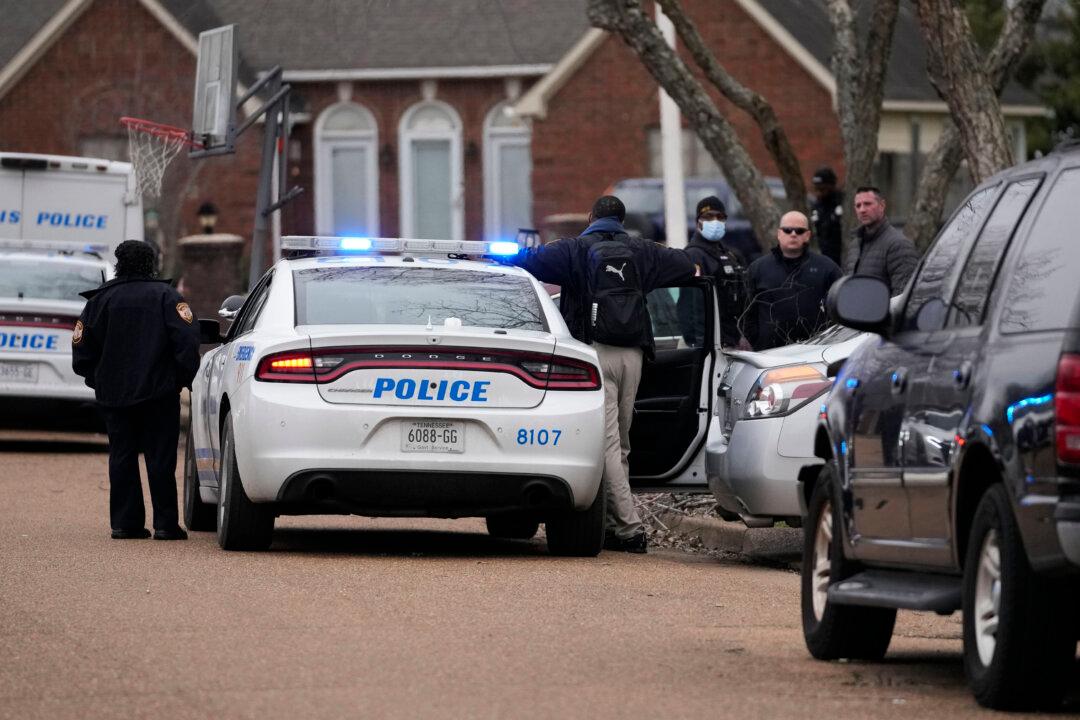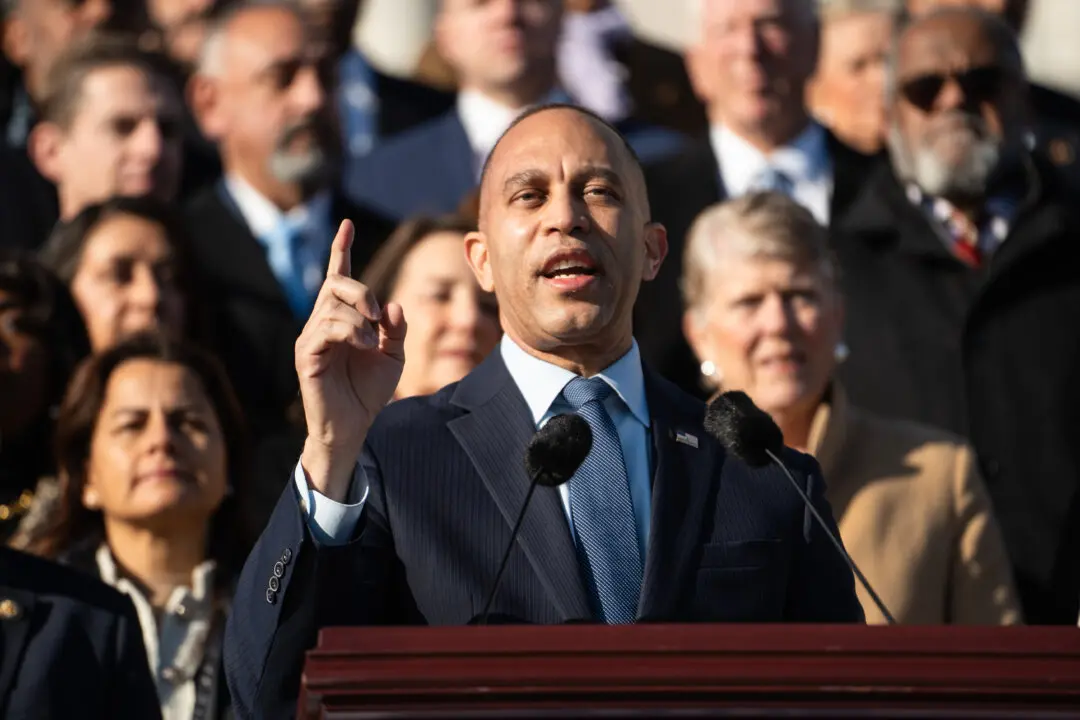The homicide rates of the 40 largest cities in the United States have decreased between the second quarters of 2021 and 2023, according to a new study of local crime statistics by WalletHub.
Their analysis shows homicide rates have fallen “by an average of roughly 5 percent” in these large cities from the second quarters of 2021 to 2023.





